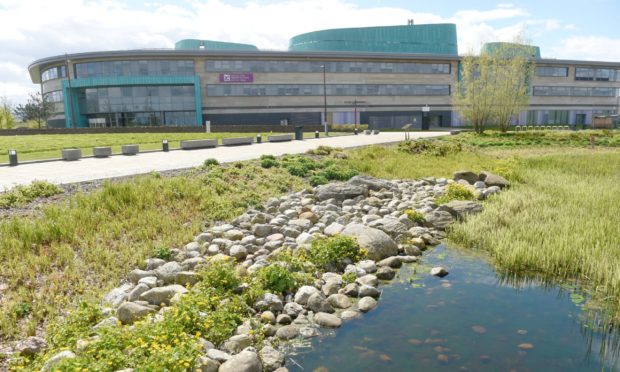Education matters in Scotland. It has always mattered; and university education in Scotland was traditionally seen as a goal for everyone, be they cottar’s son or titled scion.
For several centuries, Scotland had four universities to England’s two and they were very different in focus. They were universities which served their regions, just as the University of the Highlands and Islands does today.
Traditionally, there has always been a higher per capita buy in to university education in the North of Scotland than anywhere else in the UK, with natural philosophy (now physics) featuring strongly – which makes sense when you realise that man’s understanding of his environment is crucial to the development of the region.
The concept of a Highland university is not new – as early as 1653 Sir Thomas Urquhart proposed a university in Cromarty. This is not as far-fetched as it sounds – Cromarty was before Culloden a prosperous community like so many on the Moray Firth which traded with the Baltic.
As Sir Thomas noted: “I would have encouraged likewise men of Literature, and exquisite spirits for invention, to converse with us for the better civilising of the country, and accomodating (sic) it with a variety of good, whether honest, pleasant or profitable: by virtue whereof, the professors of all sciences, liberal disciplines, arts active or factive, mechanic trades, and whatever concerns either virtue or learning practical or theoretical ….”
Sounds very like the university today actually!
The region’s population dwindled in the 18th and 19th Centuries, but the idea for a university did not. From the 1830s onwards, discussions took place on this and we came very close to achieving this, but lost out to Stirling as the site of a new university in 1964.
With the advent of better communications and opportunities which encouraged students to stay in the Highlands and Islands, in 1991 a reinvigorated proposal came forward, entitled the University of the Highlands and Islands project. Sir Robert Cowan, Chairman of Highlands and Islands Enterprise said when the project started: “We have a new and real opportunity to create a Highland university of a different kind.”
Well, we did that – the Highlands and Islands has its own university – but more than this, the university has become globally recognised too. We lead on the development and delivery of cutting-edge teaching technologies and have students from all over the world studying at home or with us here. Our research is world leading. We are a university of the past, present and future but most of all a university of the moment. We have been able to support our students in this strange new Covid world like no other university because of our experience in remote delivery and student support.
We finally achieved university status on February 1 2011 and our university badge, with its compass showing the importance of location, its books and its hazel leaves which are a symbol of wisdom for both Celtic and Norse cultures, is a symbol of the culmination of so many years of hard work and belief from so many people. I joined the University of the Highlands and Islands from the University of Edinburgh in 1999 to lead what went on to be the award-winning degree in Scottish Cultural Studies because I did not want to be part of the talent drain south. I wanted to be a part of a university that was proud of where it was and gave opportunities to students to learn in their own communities. I wanted to support exactly the kind of students so beautifully brought to life by the writer and poet Nan Shepherd (who might have studied at the university herself had we been around then) in this quote from The Quarry Wood:
“The North came alive. Out of it, from cottar-houses and farms, from parlours behind country shops, from fishing villages on the Moray Firth, from station-houses and shepherds’ houses and schools houses, from manses and mansions, crofts on the edge of heather, snow-blocked glens, clachans on green howes beneath the corries, where tumbling waterfalls lit the rocks; islands in the Atlantic, gale-swept, treeless; thatched cottages where the peat reek clung in stuff and fabric and carried east in clothes and book… subjecting life to inquisition.”
It has been a long, long road getting from 1653 to here, but what a journey. It has been a privilege and a pleasure to be part of the journey with you – happy 10th birthday, University of the Highlands and Islands.
Professor Donna Heddle is director of the Institute for Northern Studies, University of the Highlands and Islands.
